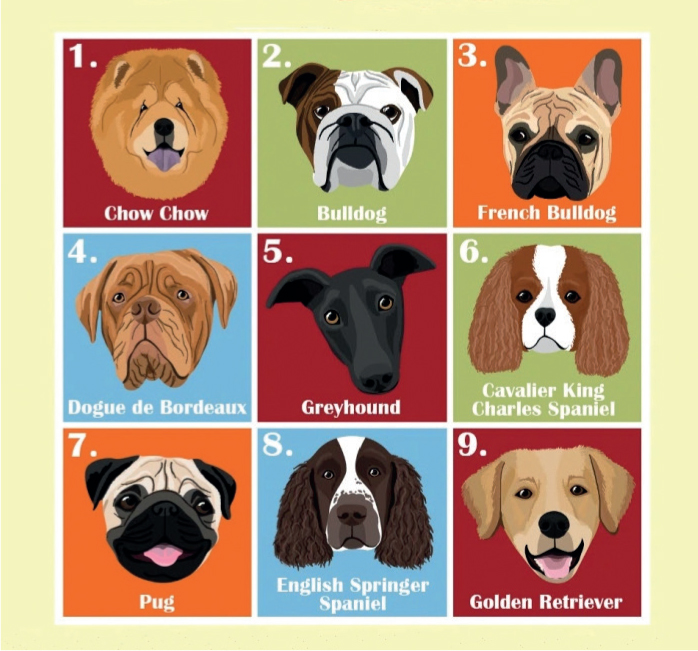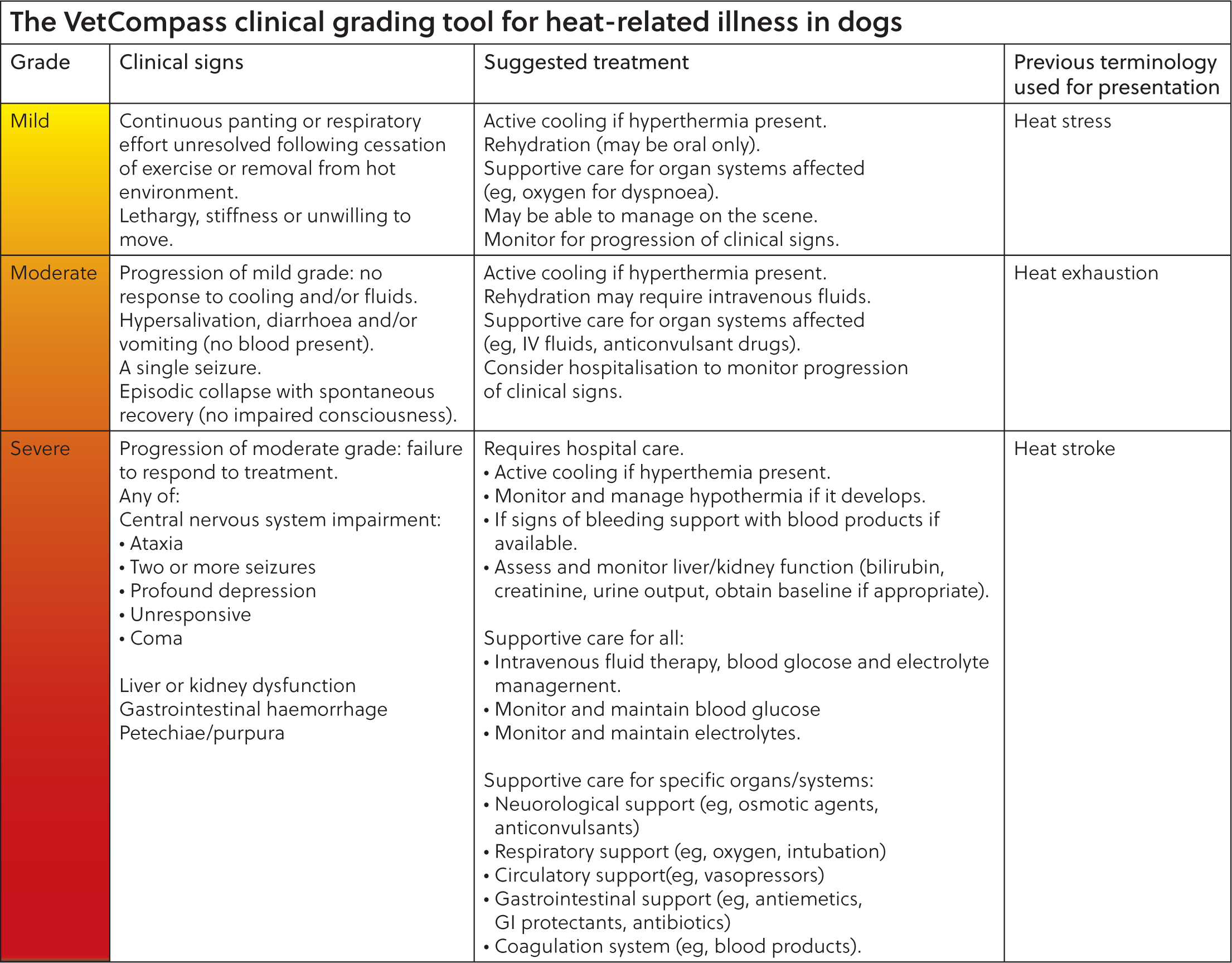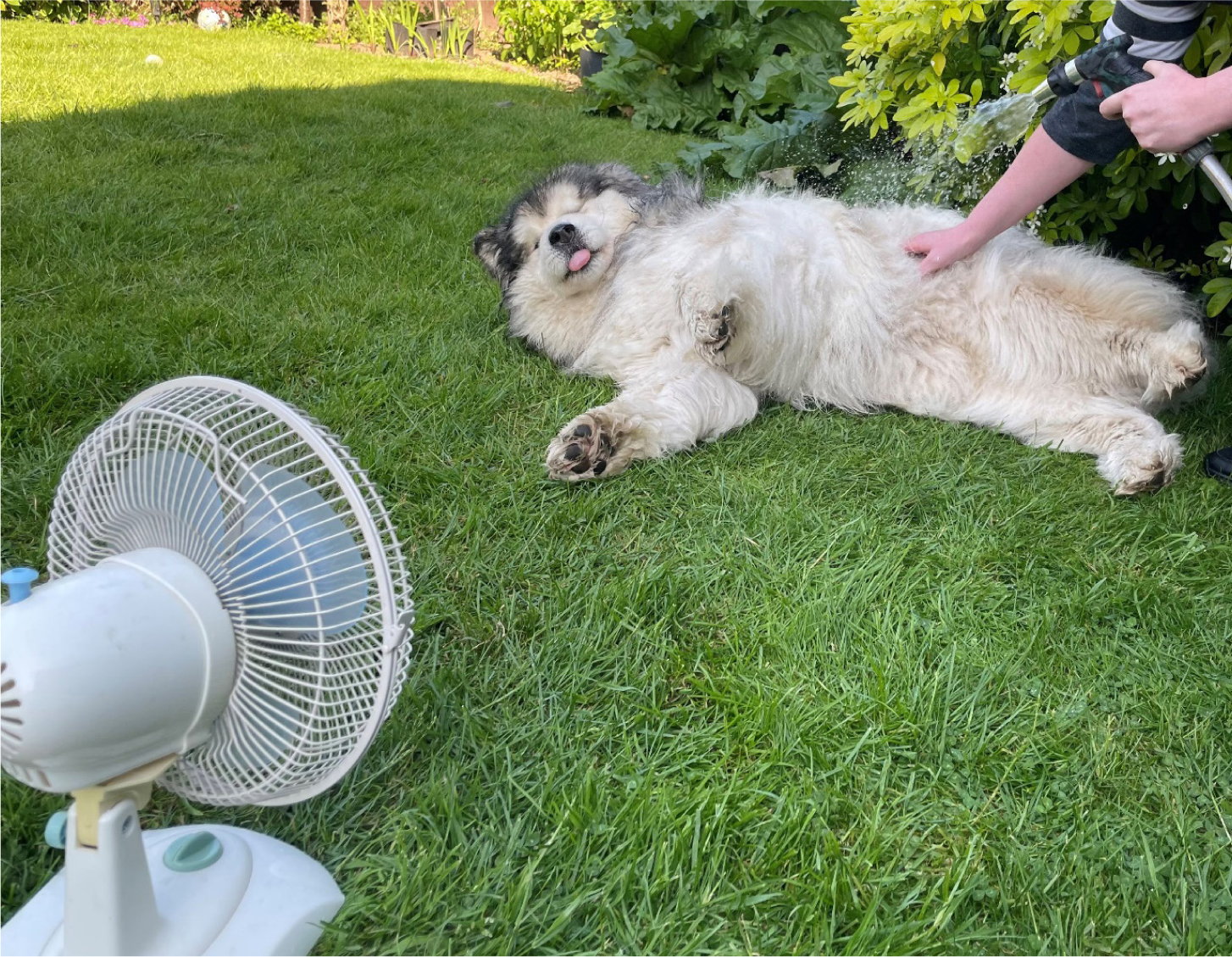Heat-related illness (commonly known as heatstroke) is a potentially fatal condition occurring when an animal's body temperature exceeds their ability to thermoregulate (Bouchama and Knochel, 2002; Johnson et al, 2006). With rising global temperatures and increased popularity of some predisposed breeds, improved awareness of how to recognise, prevent and treat heat-related illness is critical to protect canine welfare and save lives.
Triggers
There are two main triggers of heat-related illness in dogs: environmental heat-related illness triggered by exposure to hot environments (for example, a hot vehicle, building or ambient environmental conditions) and exertional heat-related illness triggered by physical activity typically in (but not limited to) hot conditions (Bouchama and Knochel, 2002; Johnson et al, 2006; Hemmelgarn and Gannon, 2013). In the UK, exertional heat-related illness accounted for 74.2% of heat-related illness events presenting to primary care veterinary practices during 2016 (Hall et al, 2020a), supporting a new national campaign Dogs Die on Hot Walks. While most UK exertional heat-related illness events occur following relatively low-intensity exercise during spring and summer, heat-related illness has been reported year-round (Hall et al, 2020a). Wet bulb globe temperature measures ambient conditions, accounting for air temperature, radiant heat, humidity and windspeed to provide a holistic assessment of environmental thermal stress, which all impact the rate at which dogs cool (Hemmelgarn and Gannon, 2013). The average wet bulb globe temperature reported for exertional heat-related illness events in pet dogs in the UK was 16.5°C (Hall et al, 2022).
Confinement in a hot building was the third most common trigger for heat-related illness in the UK, with dogs living in urban areas at greatest risk (Hall et al, 2022). Attending a veterinary practice or grooming parlour was the fourth most common trigger for heat-related illness events (4.6% of heat-related illness events in 2016) (Hall et al, 2020a). Veterinary practices and grooming parlours can be warm, stressful environments for dogs so careful animal monitoring and heat-related illness risk awareness is essential.
Risk factors
The risk factors identified for heat-related illness include breed, age, bodyweight and underlying health conditions. Nine breeds in the UK were reported with increased risk of heat-related illness compared to the Labrador Retriever; Chow Chow, English Bulldog, French Bulldog, Dogue de Bordeaux, Greyhound, Pug, English Springer Spaniel, Cavalier King Charles Spaniel and Golden Retriever (Figure 1) (Hall et al, 2020b).

Breeds with brachycephalic skull shapes had increased heat-related illness risk compared to mesocephalic dogs (Hall et al, 2020b), likely because of decreased ability to thermoregulate through panting and respiration (Schuenemann and Oechtering, 2014; Davis et al, 2017). Dogs aged under 2 years had the highest risk of exertional heat-related illness, possibly reflecting increased intensity and duration of exercise undertaken by younger dogs (Hall et al, 2020a). In contrast, dogs over 12 years showed increased risk of environmental heat-related illness compared to dogs aged under 2 years: likely reflecting age-related reductions in thermoregulation mechanisms (Balmain et al, 2018; Hall et al, 2020a). Overweight dogs showed increased risk of heat-related illness, and dogs weighing under 10 kg had reduced risk compared to heavier dogs (Hall et al, 2020b).
Clinical signs and grading severity
Dogs, like humans, experience grades of heat-related illness (Figure 2), progressing from mild (characterised by lethargy and altered respiration) to moderate (gastrointestinal disorder, episodic collapse, single seizure) and then severe disease (neurological derangement, bleeding disorders, gastrointestinal haemorrhage and damage of the liver, kidneys or both). Dogs presenting with severe heat-related illness had 65 times the risk of death compared to dogs with mild heat-related illness (Hall et al, 2022). Therefore, dog owners should be educated to recognise signs of mild heat-related illness, and how to prevent disease progression.

When triaging dogs with suspected heat-related illness, a single body temperature can be misleading when interpreting the presence or severity of heat-related illness (Hall et al, 2021). Body temperature measurements must be interpreted alongside patient history and presenting clinical signs. For example, exercising dogs can develop temperatures exceeding 42°C without developing heat-related illness (McNicholl et al, 2016; Carter and Hall, 2018). Conversely, dogs may cool once removed from the trigger, particularly if active cooling has been implemented, meaning veterinary professionals may be presented with a normo- or hypothermic dog still suffering severe heat-related illness (Hall et al, 2021).
Myth busting heat-related illness treatment
Some veterinary texts and canine first-aid advice advocates gradual cooling of dogs with heat-related illness using tepid (not cold) water, claiming that vasoconstriction or shivering from cold water exposure risks further heating the patient or triggering shock (Casa et al, 2007; Hall et al, 2021). Extensive research in human and equine sports medicine has debunked this myth and demonstrated that active cooling using cold water immersion or evaporative cooling (Figure 3) is the most efficient and effective treatment for profound hyperthermia (Marlin et al, 1998; Bouchama et al, 2007; Casa et al, 2007; Gaudio and Grissom, 2016; Kanda et al, 2021). Cold-water immersion is therefore recommended for young and healthy dogs, whilst evaporative cooling (spraying the skin and coat with water in combination with air movement) is recommended for geriatric or comatose animals or those with comorbidities (Hanel et al, 2016). In dogs, ‘tap water’ at 15–16°C cooled conscious dogs with heat-related illness the fastest, whilst comatose dogs cooled fastest in 1–11°C water (Magazanik et al, 1980). Whilst the application of wet towels is better than no active cooling, water immersion or evaporative cooling is more effective (Foreman et al, 2006).

Published best practice recommendations advocate for active cooling of patients with heat-related illness prior to transporting them for emergency veterinary care (Hanel et al, 2016). During cooling, body temperature should be monitored to avoid hypothermia, although there is mixed evidence on whether hypothermia affects the risk of death (Bruchim et al, 2006; Hall et al, 2021). Rapid cooling is advocated regardless, as duration of temperature elevation beyond the critical temperature (43°C) determines heat-related illness severity (Shapiro et al, 1973); in humans, evidence suggests cooling too slowly increases heat-related illness severity (Chen et al, 2023).
Conclusions
Improved veterinary professional awareness of the triggers, risk factors and clinical signs of canine heat-related illness can support improved client education and reduced occurrence of heat-related illness, particularly for predisposed breeds. When heat-related illness does occur, appropriate first aid advice to ‘cool first, transport second’ can help limit disease severity, improving animal welfare and potentially saving lives.
KEY POINTS
- Owners should be encouraged to learn how to recognise the early signs of heat-related illness, so they can act to limit further progression of the condition.
- If a dog develops heat-related illness, owners should be advised to ‘cool first, transport second’.
- Current guidelines recommend cooling dogs using cold water immersion or evaporative cooling (the application of water alongside air movement).
- When grading heat-related illness severity, the dog's body temperature should be evaluated alongside presenting clinical signs, as body temperature can change rapidly and may have dropped if the patient has been cooled prior to presentation.


